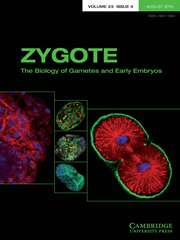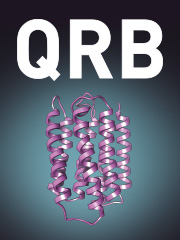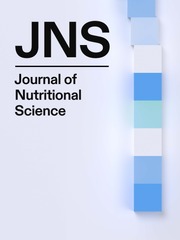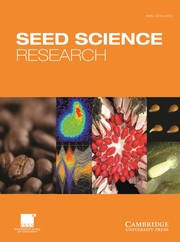Problems and Solutions in Biological Sequence Analysis
This book is the first of its kind to provide a large collection of bioinformatics problems with accompanying solutions. Notably, the problem set includes all of the problems offered in Biological Sequence Analysis, by Durbin et al. (Cambridge, 1998), widely adopted as a required text for bioinformatics courses at leading universities worldwide. Although many of the problems included in Biological Sequence Analysis as exercises for its readers have been repeatedly used for homework and tests, no detailed solutions for the problems were available. Bioinformatics instructors had therefore frequently expressed a need for fully worked solutions and a larger set of problems for use on courses. This book provides just that: following the same structure as Biological Sequence Analysis and significantly extending the set of workable problems, it will facilitate a better understanding of the contents of the chapters in BSA and will help its readers develop problem-solving skills that are vitally important for conducting successful research in the growing field of bioinformatics. All of the material has been class-tested by the authors at Georgia Tech, where the first ever MSc degree program in Bioinformatics was held.
- Follows the same structure as Biological Sequence Analysis (BSA) providing detailed explanations of the solutions in BSA, an introduction to each section and some additional background to probability
- Provides a resource of worked examples and additional problems to complement the more theoretical BSA text to aid student understanding
- Material developed by an experienced instructor who has used BSA on his course since its publication and has class tested the supplementary material over the past five years
Product details
September 2006Paperback
9780521612302
360 pages
245 × 175 × 18 mm
0.713kg
27 b/w illus. 27 tables 172 exercises
Available
Table of Contents
- Preface
- 1. Introduction
- 2. Pairwise alignment
- 3. Markov chains and hidden Markov models
- 4. Pairwise alignment using HMMs
- 5. Profile HMMs for sequence families
- 6. Multiple sequence alignment methods
- 7. Building phylogenetic trees
- 8. Probabilistic approaches to phylogeny
- 9. Transformational grammars
- 10. RNA structure analysis
- 11. Background on probability.






